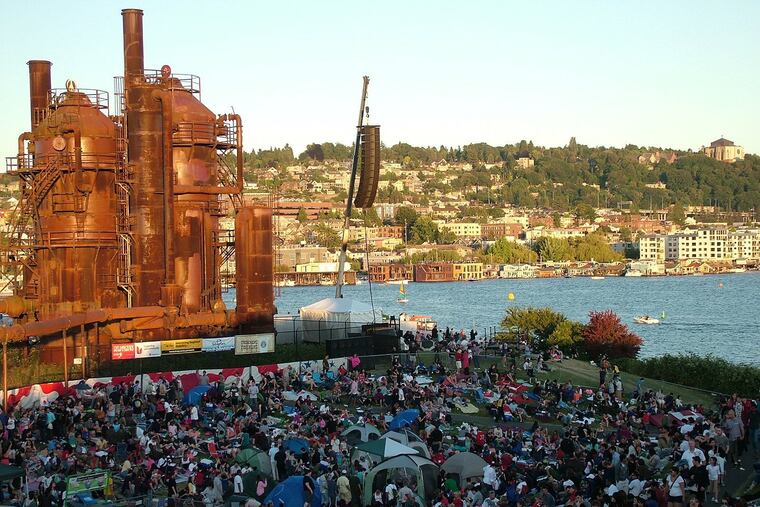Philadelphia Energy Solutions refinery closing means great opportunities for Philadelphia | Opinion
The plant’s closing is an economic gut-punch to the city and region today, but it's also a once-in-a-generation opportunity for us to think about what kind of city we want Philadelphia to become.
